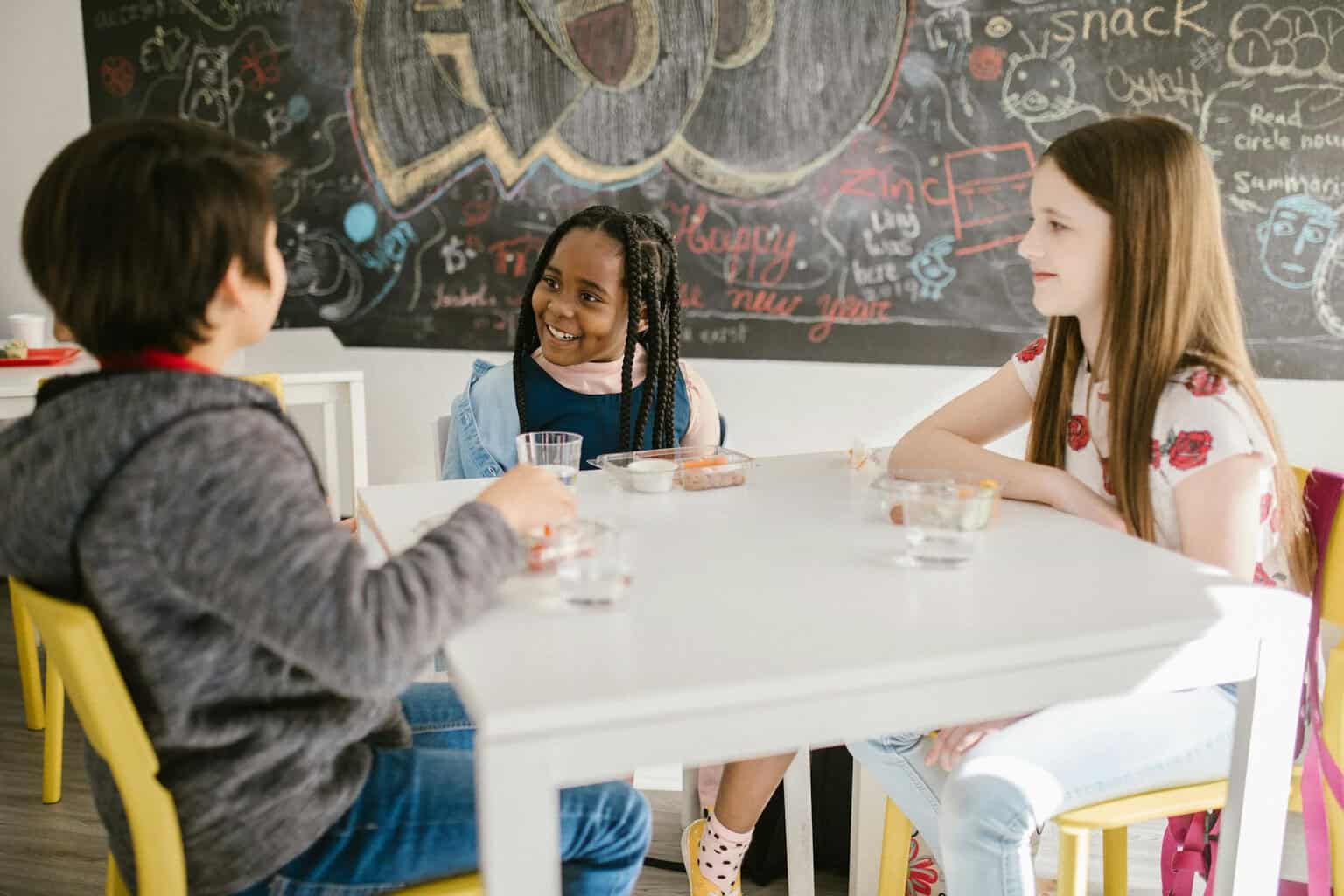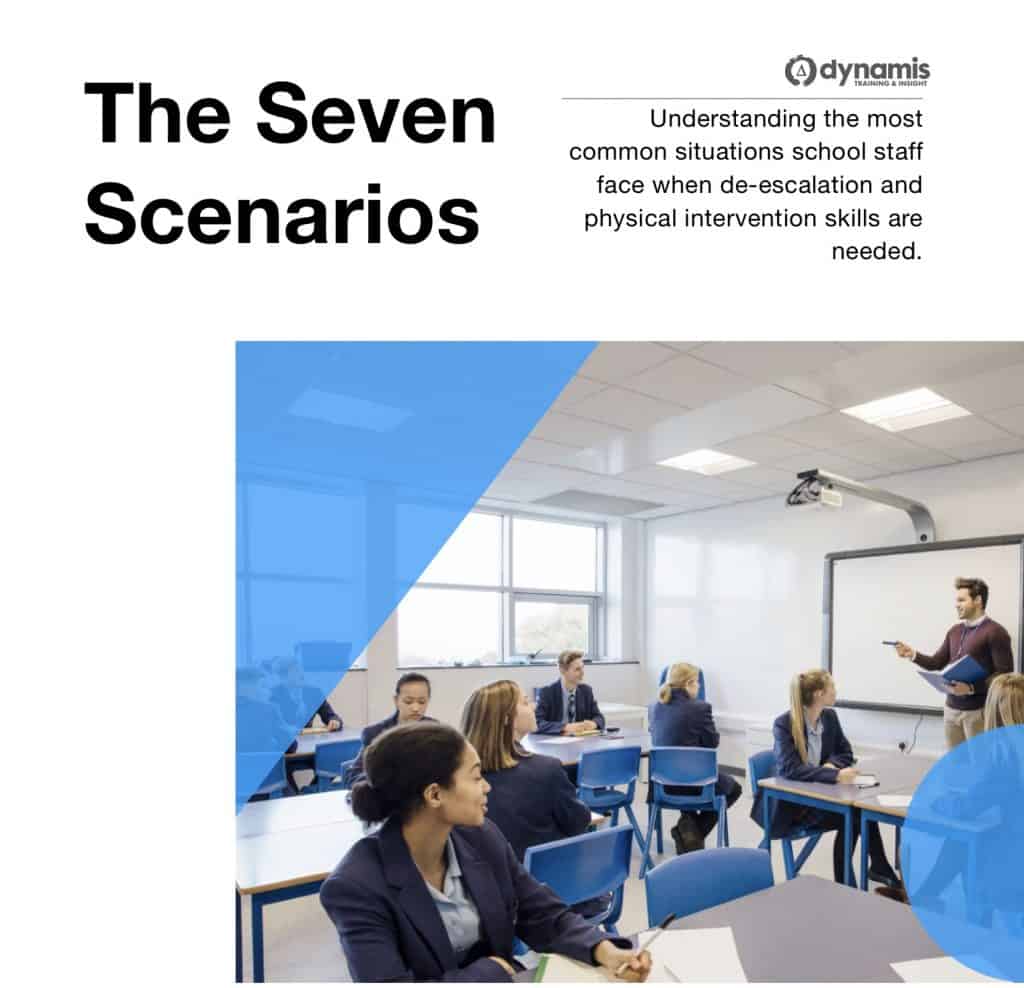As we settle into 2025 and education colleagues evaluate the benefits of renewing and refreshing classroom spaces and practices, we offer five ideas from Teresa Garland’s “Hands-On Activities for Children with Autism and Sensory Disorders” that can facilitate calm teaching environments and well-regulated pupils.
1. Set up sensory-friendly environments
Arrange the physical environment in a way that naturally encourages sensory exploration without overwhelming the child. The space should offer a balance of calming and stimulating sensory options, allowing the child to self-regulate by choosing sensory experiences that suit their current state.
For example, you might develop a sensory corner with soft lighting, textured cushions, glitter wands and calming sounds for children who are overstimulated, or a more active space with fidget toys, stimulating scents, trampolines and textured balls for those who need more sensory input.
2. Create sensory-rich opportunities
Aim to continually stimulate a child’s sensory systems with frequent and varied sensory experiences – whether through touch, smell, sound, or visual experiences – while they are engaged in routine activities. These experiences help regulate the child’s sensory input and aid in the development of more adaptive sensory responses.
Sensory activities can be seamlessly integrated into everyday tasks: for example you might introduce scented objects like essential oils or textured materials during art or play activities.
3. Collaborate with children on sensory choices and exploration
Involve the child in selecting sensory-based activities to foster engagement and independence. Allowing choice helps them feel more in control of their sensory environment, making them more likely to engage positively and helping them manage and explore their sensory needs in a structured way. It also helps build trust and rapport.
For example, you might offer them a choice of sensory materials, such as scented play dough or different textured fabrics. You could guide the child through an activity where they have to decide which sensory materials to use, or how much pressure to apply when interacting with objects like clay or textured items. Ask questions such as “Does this feel good?” or “Should we try something softer?” to encourage the child to reflect on their sensory preferences and develop greater sensory awareness and control.
4. Make sensory activities fun and stimulating
Sensory experiences should be enjoyable and engaging. By making sensory stimulation a fun, interactive process, the child’s interest is sustained and they are encouraged to seek out sensory experiences that help with regulation and growth.
For instance, rather than just having a child touch objects, you might incorporate sensory games, like a scavenger hunt for items with different textures, or playing musical chairs with varying sounds and rhythms.
5. Get to know sensory threshholds and offer activities and experiences adapted for success
Adapting sensory experiences based on a child’s unique abilities and tolerance helps them build confidence, maintain sensory regulation between calm and alert states and enjoy success. This way they gradually overcome sensory challenges at their pace, without becoming overwhelmed.
For example, a child who is oversensitive to touch or is overstimulated may benefit from gentle exposure to soft textures, slow, rhythmic rocking or soft sensory input like deep pressure hugs. A child who craves sensory input or is understimulated might need more active, robust stimulation like jumping on a trampoline, exposure to vibrant sounds or engaging with textured balls. If a child struggles with sound sensitivity, you might start with low-volume, pleasant sounds before gradually increasing the intensity. If a child has difficulty with tactile input, you might introduce softer, more manageable textures before progressing to more challenging ones.
Dynamis have significant experience supporting education staff who work with autism and sensory disorders. We recommend the book mentioned above.
When you choose a de-escalation or positive handling course with us you can be sure of a training experience that is built around the unique needs of your staff and children, delivered by trainers with personal and professional experience of special educational needs. Schedule a call with us today to discuss how we can help.



